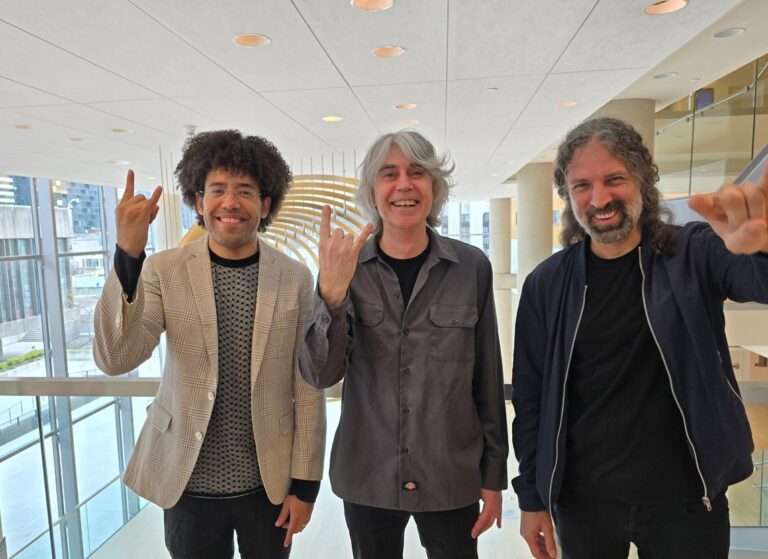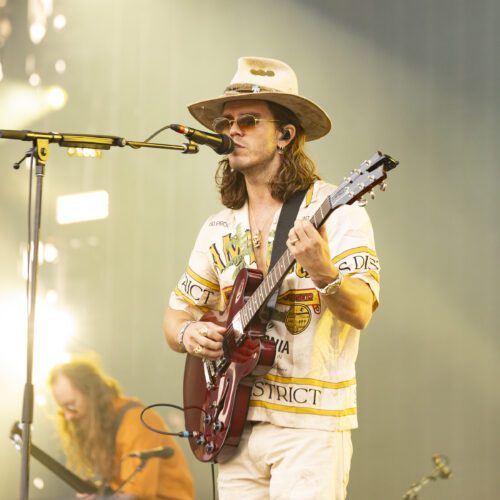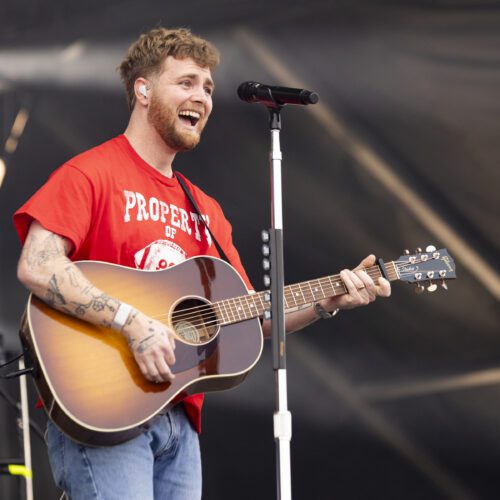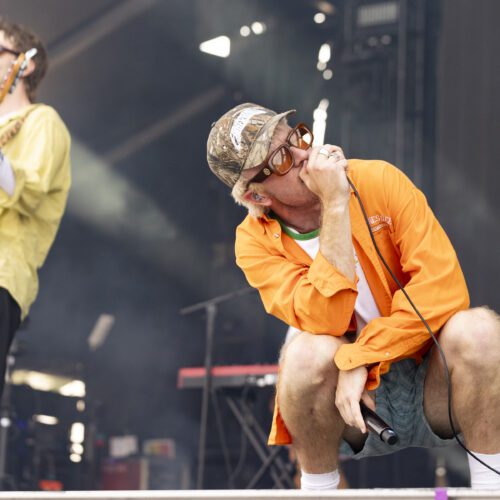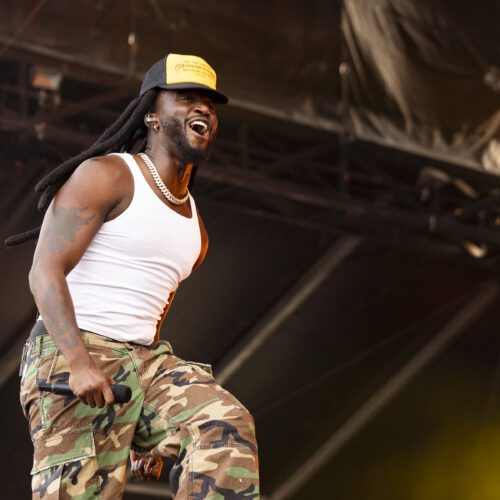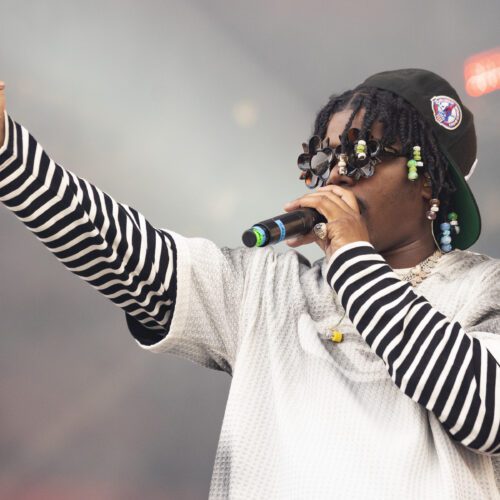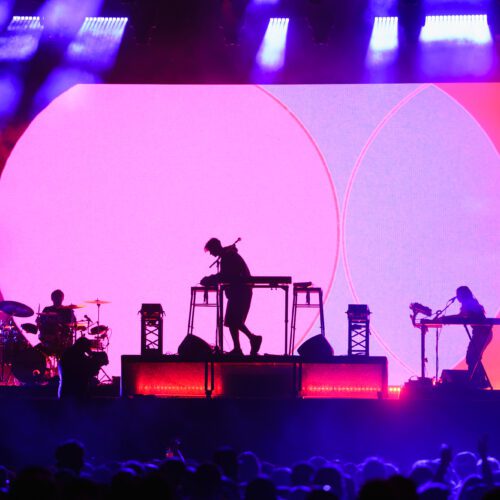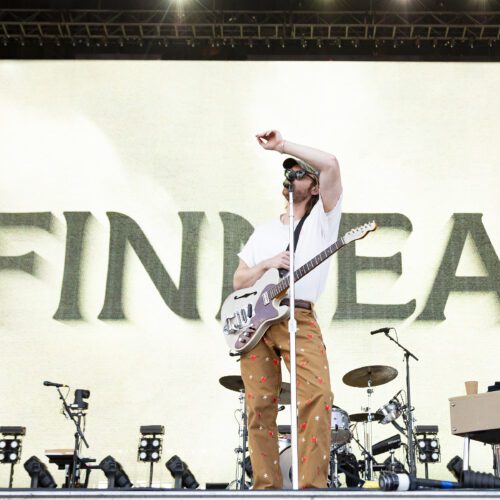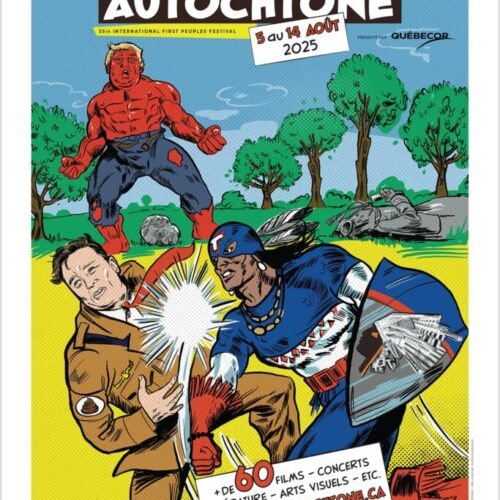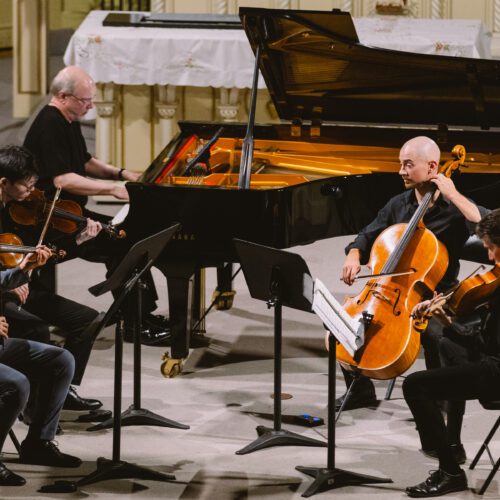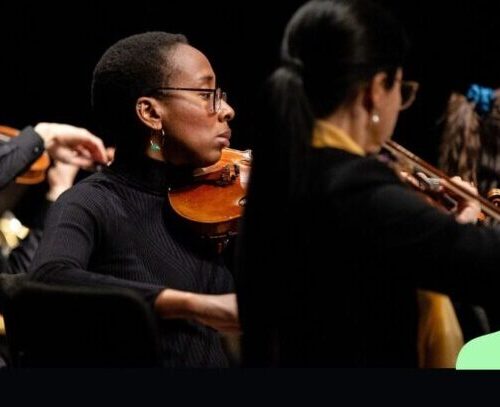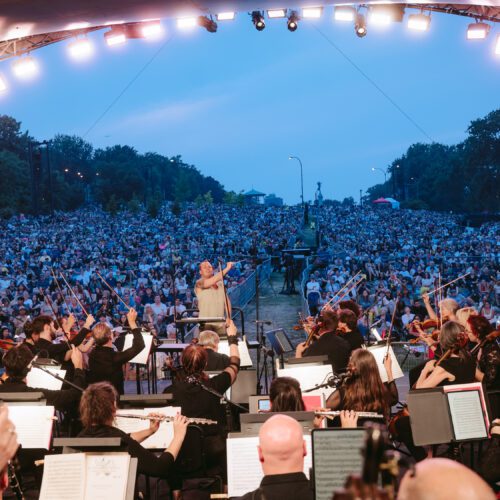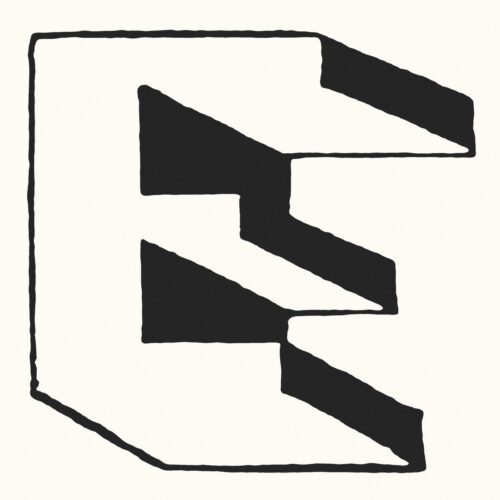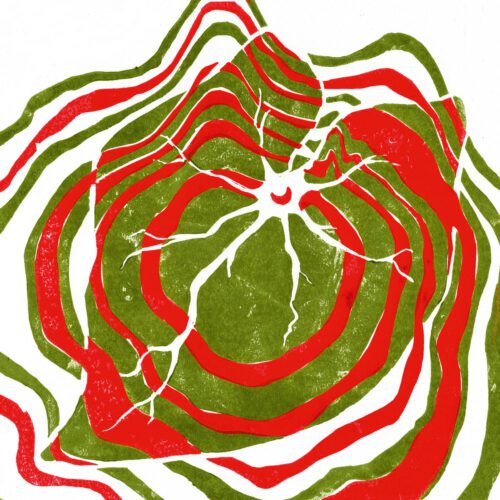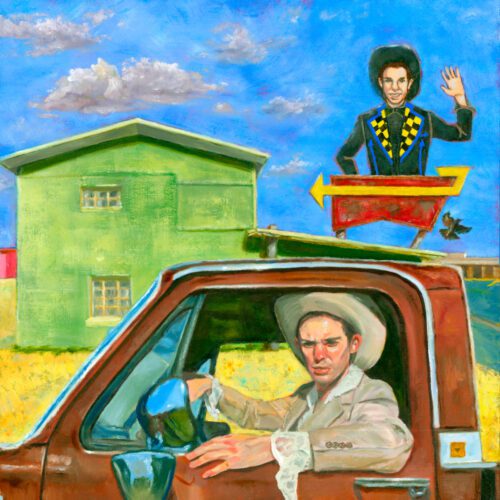On January 29 and 30, the world premieres of Voivod Symphonique take place, a rare public event that juxtaposes classical “high culture” with the underground world of metal. Yet there are many links between these two European traditions, both in terms of music and history. Nevertheless, even the most erudite of scholars, and orchestral musicians in particular, remain largely unaware of this connection. To demystify the context in which this extraordinary collaboration culminates, our collaborator and musicologist Laurent Bellemare presents a brilliant comparative overview of the similarities between these two worlds. This is the third part of this excellent dossier.
Underground Savant music?
For Pascal Germain-Berardi, the change in references used in metal is also a mirror of what is perceived as classical in society.
If there was a time when classical meant Bach, Mozart, Beethoven et al. for most people, this must also have been the case for most metalheads in the 80s and 90s. But with the increasing accessibility of music on the web, the musical “omnivorism” of new generations and the institutional education of many metal musicians, knowledge of the classical corpus has deepened considerably.
In Quebec, one of the most obvious cases of this new paradigm is that of Luc Lemay, founding guitarist of Gorguts, who studied alto performance at the conservatory at the time of composition of Obscura (released in 1998, but composed in 1994). This mythical album was a stylistic exercise that completely overturned the death metal clichés of the time, purging tremolo picking, power chords and thrash metal rhythms in favor of dissonant harmonies, labyrinthine forms and extended technical exploration.
Luc Lemay has often said that he sees little difference between composing metal and chamber music, apart from the amplification and distortion of timbres. This approach has left an indelible mark on the most extreme currents in metal today. Think of Deathspell Omega (France), Imperial Triumphant (USA) or Ad Nauseaum (Italy).
Germain-Berardi agrees:
“… whether I compose for string quartet or guitar, bass and drum or orchestra, the music remains a form of energy. […] The compositional gesture doesn’t really change between the two”.
Audiences at the latest edition of the FIMAV festival will have heard this in Basileus, an orchestral work lasting over an hour, whose language is a true hybrid of classical and metal traditions. Canadian Harry Stafylakis and Austrian Bernhard Gander are two other emerging figures in this hybrid aesthetic of contemporary music.
Towards an academic approach to metal
Metal enthusiasts have always formed a community that values knowledge, a curiosity that gave rise, among other things, to the impressive Encyclopedia Metallum database, founded in Quebec in 2002 and managed by fans ever since.
It’s certainly such a curiosity for discovery that drives more and more metalheads to pursue advanced studies in music. It’s no longer uncommon to find classical performers who have cut their teeth on metal, or jazz improvisers swooning over Meshuggah’s polyrhythmic complexity.
It was with the avowed aim of making metal that David Therrien Brongo says he enrolled in classical rather than jazz/pop at CEGEP: “I thought I’d be closer to what I wanted to do than in jazz drums. I felt I was closer in classical music. There were more similarities.”
The link with jazz, born of a culture more focused on improvisation and freer musical forms, is indeed less obvious. On the other hand, metal is also a form born of a relatively disadvantaged context that has become sophisticated at a remarkable speed. Like jazz, we could soon imagine metal programs becoming institutionalized, and this is being observed in real time in certain institutions around the world (e.g. Metal Factory, in the Netherlands).
To be continued: The devil is in the details
